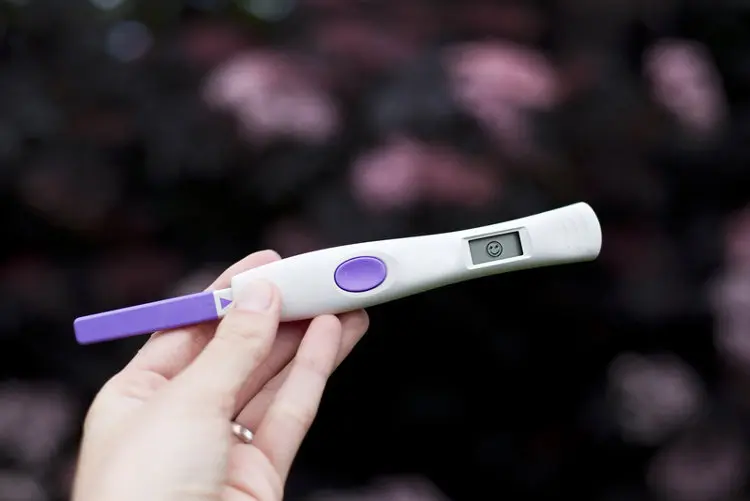Diagnostic test for ovulation Severe insulin resistance significantly affects ovulatory function by disrupting hormonal balance. Elevated insulin levels can increase androgen production, suppress normal follicular development, and impair the secretion of gonadotropins such as luteinizing hormone (LH) and follicle-stimulating hormone (FSH). This often results in anovulation, characterized by irregular or absent menstrual cycles, which can contribute to infertility.

Comprehensive Diagnostic Strategies
1. Detailed Medical History and Physical Examination
A thorough medical history is essential to identify patterns of menstrual irregularities, weight fluctuations, and symptoms of hyperandrogenism, such as acne, hirsutism, and scalp hair thinning. Physical examination should include assessments of:
- Body Mass Index (BMI) – Higher BMI is often correlated with insulin resistance.
- Waist-to-Hip Ratio – Central obesity is a key indicator of metabolic dysfunction.
- Blood Pressure – Hypertension is commonly associated with insulin resistance.
These initial evaluations provide important clues for further diagnostic testing.
2. Laboratory Assessments
Hormonal Profiling
Blood tests are crucial in assessing ovulatory function and hormonal imbalances. Important markers include:
- LH and FSH Levels – Elevated LH/FSH ratios are often observed in women with insulin resistance and conditions like polycystic ovary syndrome (PCOS).
- Estradiol (E2) – Evaluates follicular development.
- Androgens (Testosterone, DHEA-S) – Increased levels suggest hyperandrogenism, which can impair ovulation.
Insulin Sensitivity Testing
To evaluate insulin resistance, the following tests are recommended:
- Fasting Glucose and Insulin Levels – Determines baseline insulin sensitivity.
- Oral Glucose Tolerance Test (OGTT) – Measures glucose and insulin response over time after glucose ingestion.
- HOMA-IR (Homeostatic Model Assessment for Insulin Resistance) – A calculated index to estimate insulin resistance severity.
3. Pelvic Ultrasound Examination
A transvaginal ultrasound provides a detailed evaluation of ovarian morphology and endometrial thickness. Key findings in insulin-resistant individuals may include:
- Polycystic ovarian morphology (PCOM) – The presence of multiple small follicles and increased ovarian volume.
- Endometrial Thickness – Insulin resistance can lead to abnormal endometrial proliferation, affecting implantation potential.
4. Ovulation Monitoring
Several methods can be used to assess ovulation, each with its own benefits and limitations.
Serum Progesterone Levels
- A mid-luteal phase (day 21) progesterone test helps confirm ovulation.
- Levels above 10 ng/mL typically indicate a successful ovulatory cycle.
Basal Body Temperature (BBT) Charting
- A slight rise in BBT (0.3–0.5°C) after ovulation signals progesterone activity.
- Less reliable in women with irregular cycles.
Ovulation Predictor Kits (OPKs)
- These detect the LH surge preceding ovulation.
- In insulin-resistant individuals, chronically elevated LH levels may lead to false positives.

